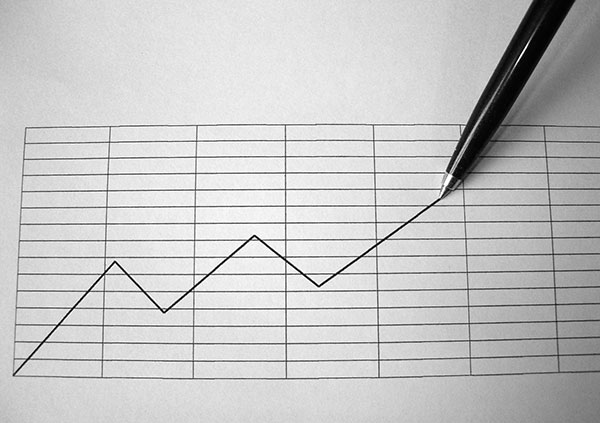Intro to "What is the Payment Index of your Company?"
What is the payment indicator publicly shown on the credit bureau of your company?
Try the calculator What is the Payment Index of your Company? >
 The payment index shown publicly on the commercial credit report of your company is a weighted average of late days in which you pay your suppliers. It is a very good indicator of your company's paying habit and it allows future business partners to evaluate when they can expect to get paid after supplying your business with goods and services.
The payment index shown publicly on the commercial credit report of your company is a weighted average of late days in which you pay your suppliers. It is a very good indicator of your company's paying habit and it allows future business partners to evaluate when they can expect to get paid after supplying your business with goods and services.
The statistics that best represent the payment habit of businesses are normally the non-financial trades, which implicate the trade of goods and services used for daily operations, and require suppliers to be paid in full every month. The financial trades on the other hand, which include payments on credit cards, leasing and the purchase of vehicles and/or equipment, as well as long-term debt, are not included in the payment index.
The current period
Generally, a supplier gives 30 days to a client for reimbursement before considering the loan as late. This grace period is called the current period, but it differs between businesses, and based on the industry itself.
Businesses working in the food industry for example, will demand to be paid earlier than 30 days because of the perishable nature of the goods, as opposed to businesses working in the steel industry for example, which will be satisfied with payments made in 90 days or less before considering a client as officially late. If you go to the extreme, mega stores offering the most competitive prices for consumers, will be required to pay their suppliers in 120 days before being considered late; an advantage they exploit due to their status. The most imposing businesses will actually decide their own payment terms towards their suppliers.
The past due periods
After the current period, every bracket of 30 days is a new past due period.
- 1st past due period: 1-30 days after the current period
- 2nd past due period: 31-60 days after the current period
- 3rd past due period: 61-90 days after the current period
Note that the current period differs between companies, and the payment index does not indicate the average number of days after billing, but only the average number of days after the current period is over. For example, if a supplier allows 15 days of current period and the payment index of the business shows 20 days past due, then 35 days in total have passed since it was billed. Similarly, if the current period is 40 days and the payment index of the business shows 20 days past due, then 60 days have passed since billing. This way, you can isolate the late days and can compare them between suppliers.
The result
The payment index scale ranges between 0 and 100. 0 means that a company is paying all of its accounts on time, while 100 means that a business is late by more than 90 days, or simply doesn't pay and is considered irrecoverable by its suppliers.
On average, most businesses have a payment index of under 30 (60 days after being billed) considering a current period of 30 days. Businesses with more than 30 as a payment index start to show signs of difficulties, and when having an index scale of over 90, then the amount is considered as bad debt.
What is important for your commercial credit report, besides a reasonable payment index, is the payment trend of the last few months. Is the business stable with their payment habits or is it starting to pay late? Companies starting to pay late could be a warning sign for cash flow problems.
If you want to look good in front of future lenders and suppliers, here are a few tips to improve your payment index on your credit bureau:
- Bring, as much as possible, your account to the current period
- Avoid, at all cost, to have any amount late over 90 days
- Keep an important amount of good references reported to the credit bureau
The following calculator evaluates the payment index of your company as publicly shown on the credit bureau. Insert the outstanding balance from your non-financial trades in the appropriate period. You can also play with the amounts to see how fluctuations impact your score, and then efficiently adjust your average.
Try the calculator What is the Payment Index of your Company? >




